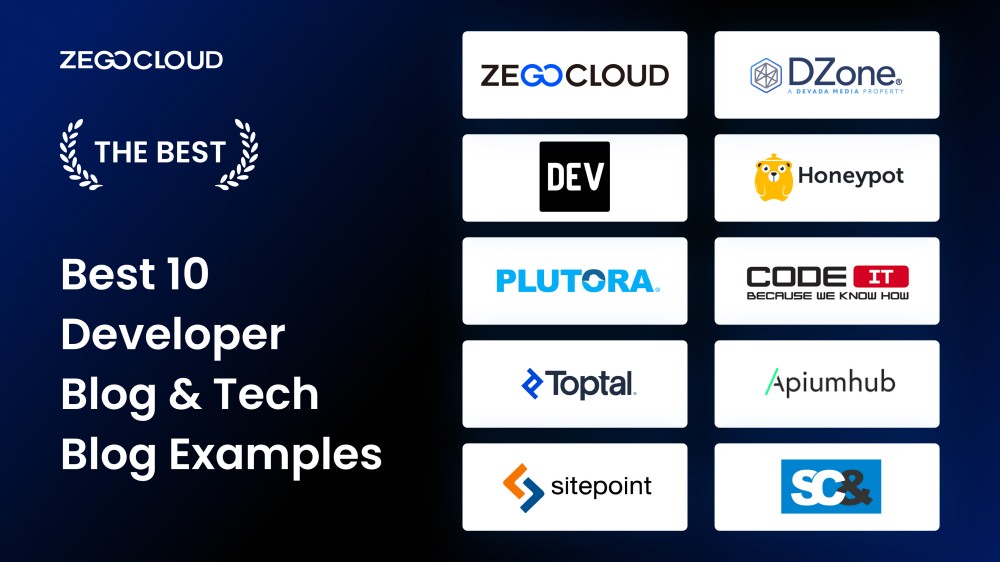Discover the Best tech blog for the current Trends and Innovations in Innovation
Discover the Best tech blog for the current Trends and Innovations in Innovation
Blog Article
Understanding the Increase of Edge Computing in Today's Digital World
In the rapidly developing landscape of innovation, side computer arises as a critical pressure, reshaping just how data is refined and utilized. By transitioning information management closer to the source, side computer addresses crucial latency problems while maximizing transmission capacity use and enhancing safety actions.
What Is Edge Computing
Edge computing, although a relatively current advancement in the world of technology, basically changes just how data is refined and taken care of by bringing calculation and data storage closer to the location where it is required. Unlike typical cloud computing designs, which often depend on central information facilities that can be geographically far-off, side computing decentralizes data handling. This closeness reduces latency, enhances real-time data handling, and improves the overall user experience by making sure much faster feedback times.
At its core, edge computing includes a network of localized gadgets and framework, such as sensing units, routers, and gateways, with the ability of processing data at or near the resource. This localized processing capacity is especially essential for applications requiring immediate data analysis, such as autonomous cars, commercial automation, and wise cities. Additionally, by unloading data processing tasks from central web servers, edge computer reduces transmission capacity demands and boosts data personal privacy and protection, as sensitive details can continue to be on-site instead than passing through considerable networks.

Key Drivers of Adoption
Numerous factors are propelling the adoption of edge computer in today's electronic landscape. One of the primary motorists is the exponential rise in connected devices, typically referred to as the Internet of Points (IoT) This rise creates large amounts of information that need to be processed promptly and efficiently. Side calculating addresses this need by enabling information processing closer to the data resource, decreasing latency and enhancing real-time decision-making capacities.
Another significant motorist is the demand for improved data transfer effectiveness. Centralized cloud systems can become overloaded with the large quantity of information generated by IoT gadgets, bring about bottlenecks (Best tech blog). By processing data at the edge, companies can ease network congestion and boost overall system performance
In addition, safety and security and personal privacy problems are pushing organizations towards edge computer. By refining delicate information in your area, business can mitigate dangers related to information transmission and exposure to possible cyber threats.
The rise of applications calling for real-time processing, such as self-governing lorries and boosted fact, additionally demands the rapid reaction times that edge calculating gives. Jointly, these motorists are making edge calculating an essential component of contemporary IT infrastructure, leading the way for its extensive adoption across numerous markets.
Benefits Over Cloud Computing
Just how does edge computer identify itself from conventional cloud computer? Largely, side computing brings information processing closer to the resource of information generation, often on regional devices or close-by Full Article web servers, rather than relying on centralized data.
In addition, side computer improves data transfer performance (Best tech blog). By refining data in your area, only the go to my blog necessary information is transmitted to the cloud for more evaluation or storage, lowering the quantity of information that goes across the network. This not just minimizes network congestion however additionally reduces information transmission costs
Edge computing also uses enhanced information privacy and safety. Delicate information can be processed in your area without being sent to the cloud, decreasing the exposure to possible cyber hazards. This is especially beneficial for sectors managing secret information, such as healthcare and monetary services.
Furthermore, side computing makes sure better strength and integrity. Neighborhood handling enables for continued operation even when connection to the cloud is compromised, maintaining necessary features and solutions regardless of potential network interruptions. These advantages collectively demonstrate edge computer's transformative capacity in enhancing efficiency and security in digital environments.
Factors To Consider and obstacles
While side computing uses countless benefits, it additionally presents distinct challenges and considerations that have to be resolved to completely realize its capacity. Furthermore, handling and checking a decentralized network of edge devices can be intricate, needing innovative tools and techniques to ensure seamless procedure and maintenance. Best tech blog.
Another consideration is the scalability of side computer services. As the variety of connected gadgets expands, so does the need for processing power at the side, which can bring about resource restrictions. Organizations should carefully prepare their framework to suit this growth without jeopardizing performance or performance.
Interoperability is one more critical element. With different software and hardware elements entailed, ensuring compatibility and seamless integration can be tough. Standardization initiatives are necessary to assist in interaction between inconsonant systems.
Future Trends in Side Computer
Anticipating the future, side computing is positioned to revolutionize various markets by making it possible for faster sites information handling and decreasing latency. As the volume of information created by IoT tools proceeds to grow, side computer will certainly become increasingly crucial in managing this influx efficiently.
One more emerging pattern is the development of edge-native applications made specifically to leverage the unique capacities of edge computer. These applications will certainly optimize performance and source application, bring about boosted performance across numerous sectors. Developments in 5G technology will additionally reinforce side computer by providing the necessary facilities for high-speed, low-latency communication between tools and edge nodes.
Conclusion
Edge computer's surge is driven by the spreading of IoT gadgets and the requirement for real-time information handling, which enhances efficiency by reducing latency and decentralizing data monitoring. This technique alleviates data transfer inefficiencies and safety and security concerns, assisting in improvements in applications like clever cities and autonomous automobiles. Regardless of obstacles such as framework complexity and assimilation, the future of side computing promises a much more responsive electronic ecological community, with proceeded developments shaping its evolution and expanding its applicability throughout sectors.
Side computer, although a fairly current innovation in the world of innovation, basically changes exactly how data is processed and taken care of by bringing computation and information storage closer to the location where it is required. Unlike standard cloud computer models, which frequently rely on centralized information centers that can be geographically far-off, side computing decentralizes information handling. In addition, by unloading information processing jobs from main servers, side computer reduces data transfer demands and enhances information privacy and security, as sensitive info can continue to be on-site rather than going across substantial networks.

Report this page